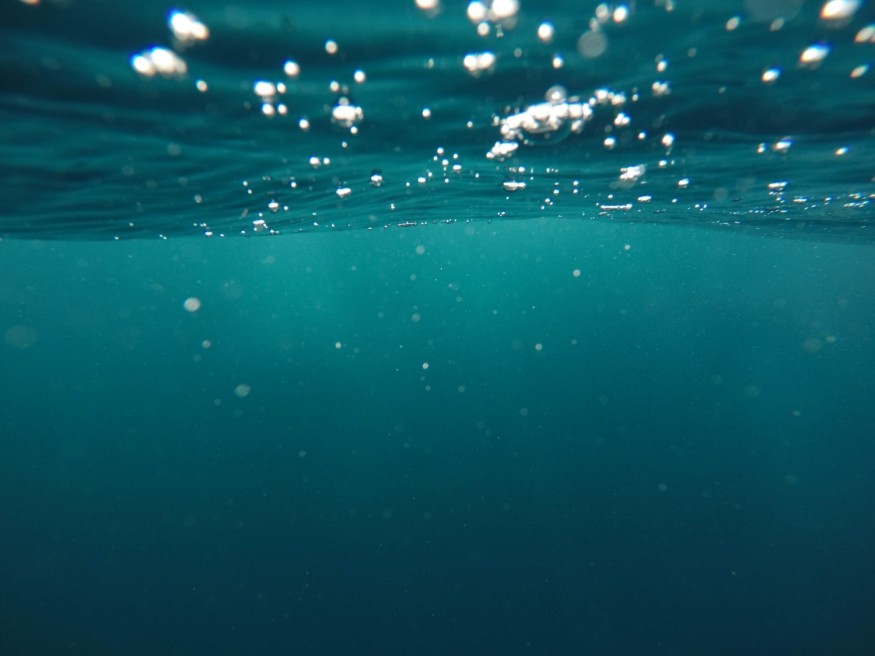The largest mass extinction on Earth occurred approximately 250 million years ago or by the end of the Permian period. Known for killing an estimated 95% of life on the planet during this time, the Permian marine mass extinction or the "Great Dying" led to the eradication of most animals and plants.
Unlike the famous asteroid-driven mass extinction event that killed the dinosaurs 66 million years ago, little is known about the Permian mass extinction 252 million years ago. However, scientists believe that the planet-killing event was caused by a combination of natural disasters.
Now, researchers in their study that will be published in 2024 made a groundbreaking discovery. They found that the Permian extinction is linked with volcanism-triggered anoxia, which pertains to the absence or deficiency of oxygen due to failure of being delivered to an organ or from reaching the tissues.
Permian Mass Extinction Event

Scientists have long thought that global warming and changes in the world's oceans were the most plausible causes of the extinction by the end of the Permian period. It is also during this time where volcanic activity intensified and released lava in an area of the world in what is now Siberia, according to the Sam Noble Museum in Oklahoma.
The Great Dying that took place 252 million years ago is one out of the two mass extinction events which occurred during the Permian period, particularly at the end of the time interval called the Changshanian. Meanwhile, the earlier and smaller mass extinction event occurred about 260 million years ago, mainly at the end of a time interval called the Capitanian, according to the United States museum.
Largest Mass Extinction Linked with Anoxia
The Late Permian extinction was significantly devastating it led to the eradication of important groups of marine animals. One of these animal groups are the trilobites, which are now-extinct marine arthropods belonging to the class Trilobita. They lived the oceans for over 250 million but went extinct along with tabulate and rugose corals during the End-Permian extinction.
Now, a new study that will be published in the journal Chemical Geology on January 20 this year discovered that Earth's largest mass extinction was preceded by volcanic activity and marine anoxia in the Upper Yangtze region in China.
This shows that the Permian's Capitanian mass extinction confirms previous findings that this time in the planet's history was marked by a severe biotic crisis. Furthermore, it also supports previous evidence that the mentioned extinction did not occur overnight but rather took no more than 200,000 years.
The authors of the study, who are researchers from China, arrived at their conclusion after retrieving geochemical data from shelf-margin deposits in the Upper Yangtze. The new evidence shows that the volcanism-triggered anoxia likely snuffed out the oxygen from the oceans at that time, leading to the deaths of most marine animals.
© 2025 NatureWorldNews.com All rights reserved. Do not reproduce without permission.





